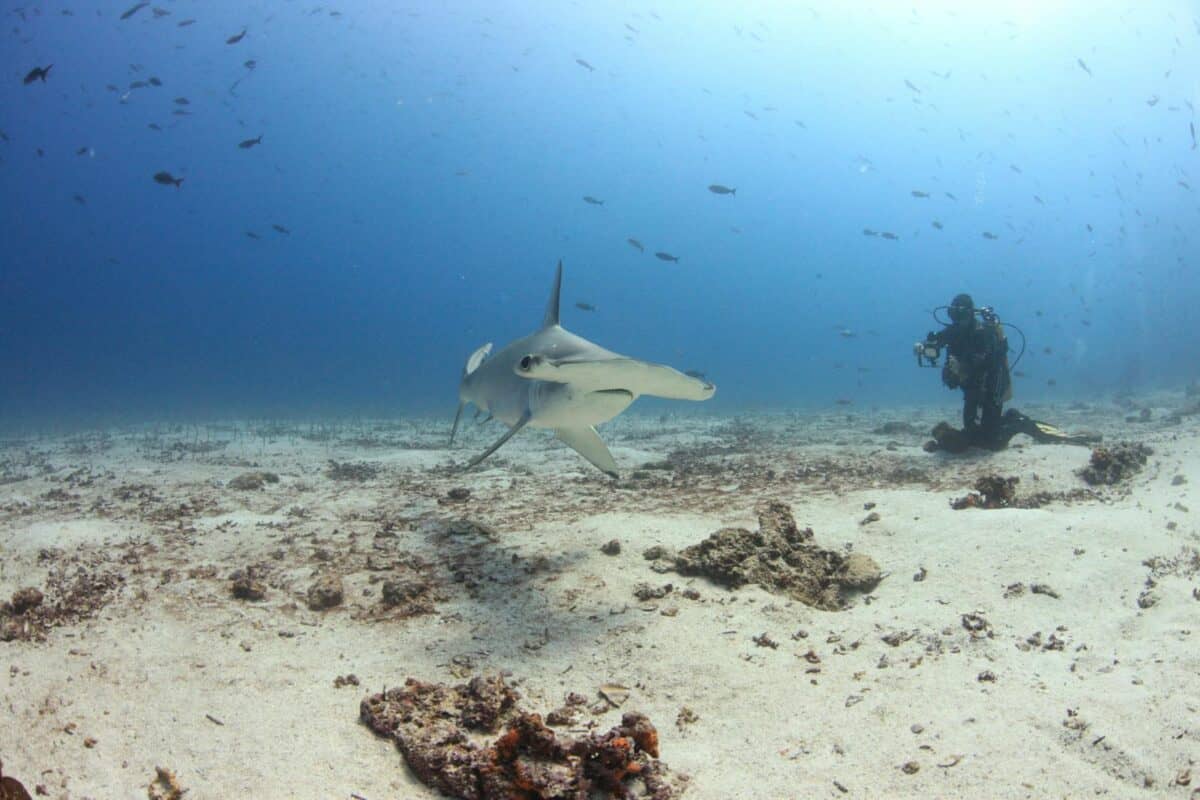In a remarkable turn of events that has captivated marine enthusiasts and scientific communities alike, a colossal hammerhead shark has been spotted near the Texas coastline. This astonishing discovery not only highlights the biodiversity found in our oceans but also raises important questions about marine life conservation and the ecological significance of such apex predators. This article delves into the various aspects surrounding this extraordinary encounter, offering insights into the hammerhead shark’s characteristics, behavior, and the implications of this record-breaking sighting.
Understanding the Hammerhead Shark

Hammerhead sharks are one of the most easily recognizable shark species due to their unique head shape, which resembles a flattened hammer, known as a cephalofoil. This shape allows for enhanced sensory perception, aiding them in hunting for prey. The hammerhead belongs to the Sphyrnidae family, which includes several distinct species ranging in size and habitat. The recent sighting adds to the intrigue and wonder surrounding these formidable creatures.
The Importance of Hammerhead Sharks in Marine Ecosystems

As apex predators, hammerhead sharks play a crucial role in maintaining the health of marine ecosystems. They help regulate the populations of other marine species, ensuring a balanced food web. By preying on weaker or ill fish, they contribute to the overall fitness and genetic diversity of fish populations. Their presence is vital for the health of the ocean’s ecological framework.
Record-Breaking Sighting: The Details

The recent sighting near Texas has been notably significant due to the hammerhead’s extraordinary size, reportedly measuring over 14 feet in length. This sighting could potentially set a new record for the largest hammerhead shark observed in the Gulf of Mexico. Such an occurrence provides valuable data for marine biologists and conservationists studying the species’ distribution and size variation.
Habitat and Distribution of Hammerhead Sharks

Hammerheads are typically found in warm, tropical, and subtropical waters across the globe. They often inhabit continental shelves and coastal regions, frequently venturing into bays and estuaries. The Gulf of Mexico, where the recent sighting took place, serves as a significant habitat for various hammerhead species due to its favorable environmental conditions and abundant food sources.
Behavioral Traits and Social Structure

Unlike many other shark species, hammerheads are known for their social nature. They often form schools, particularly during the day, which can range from a few individuals to hundreds. These schools can primarily consist of females, with males tending to be more solitary. This behavior is thought to provide protection against predators, increase hydrodynamic efficiency, and facilitate mating.
Feeding Habits: The Diet of a Hammerhead

Hammerhead sharks are carnivorous and have a varied diet. They primarily hunt fish, squid, octopus, and crustaceans. Their distinctive head shape allows them to pin down stingrays—a favorite prey—giving them a significant advantage during the hunt. Hammerheads use their broad cephalofoil to detect the electric fields produced by prey, making them efficient predators.
Reproductive Biology of Hammerhead Sharks
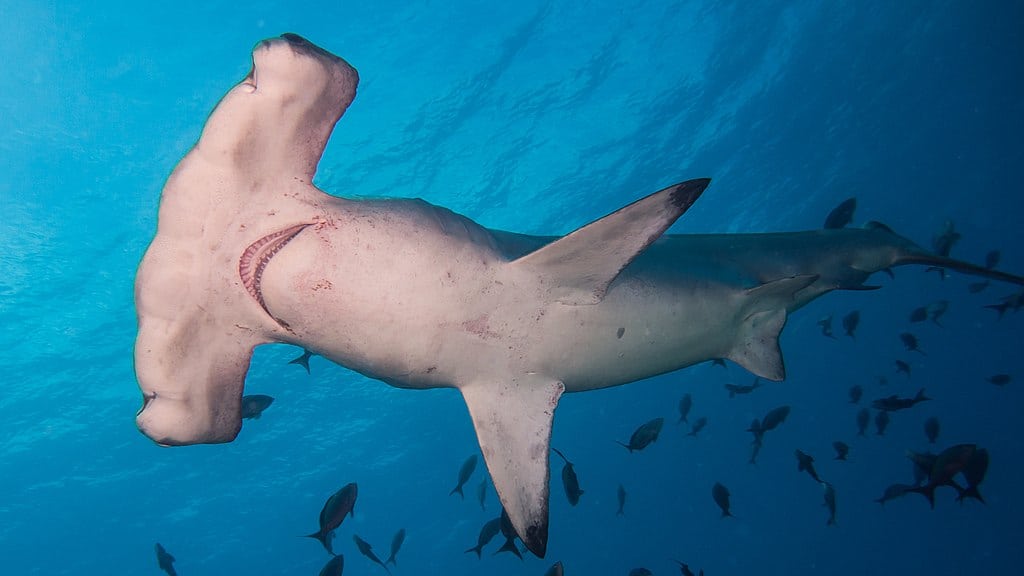
Reproduction in hammerhead sharks occurs through internal fertilization. They are viviparous, meaning females give birth to live young rather than laying eggs. Depending on the species, a litter can consist of 12 to 40 pups. Hammerheads are known to have nursery areas in shallow, warm coastal waters where the young can grow with some protection from predators.
Threats Faced by Hammerhead Sharks
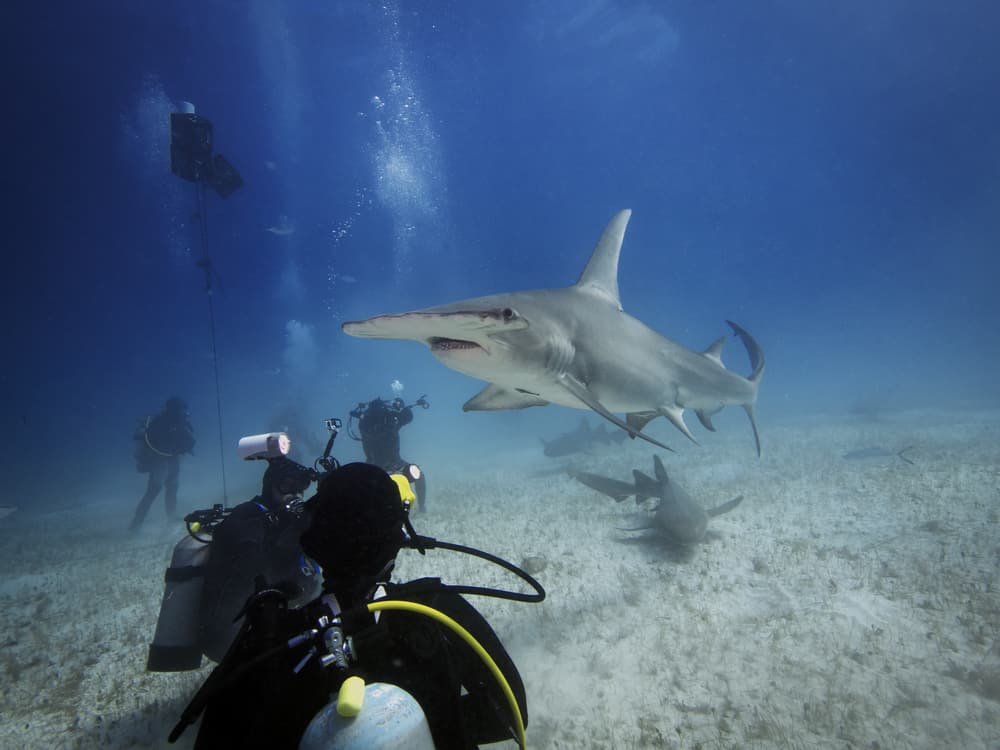
Hammerhead sharks face numerous threats primarily due to human activities. Overfishing and the demand for shark fins have led to significant population declines. Bycatch in commercial fishing nets also poses a serious threat. Furthermore, habitat degradation and climate change are impacting their breeding and feeding grounds, raising concerns for their future survival.
Conservation Efforts and Legal Protection
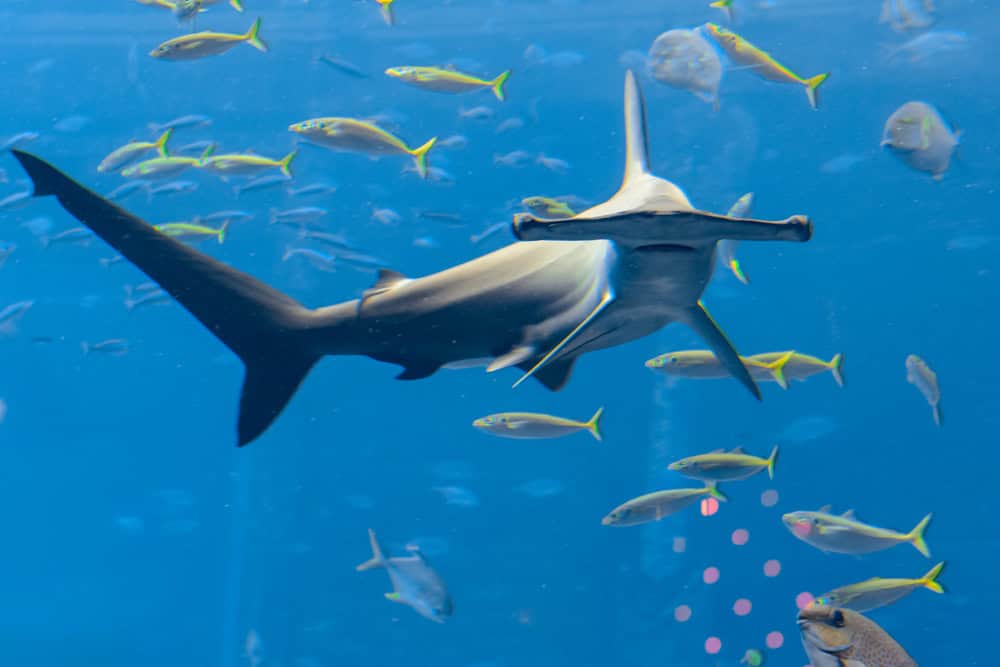
Efforts are being made globally to protect hammerhead sharks from further decline. International agreements like CITES (Convention on International Trade in Endangered Species) have included certain hammerhead species to control their trade. Marine protected areas and sustainable fishing practices are being promoted to safeguard their populations and habitats.
Public Perception and Education
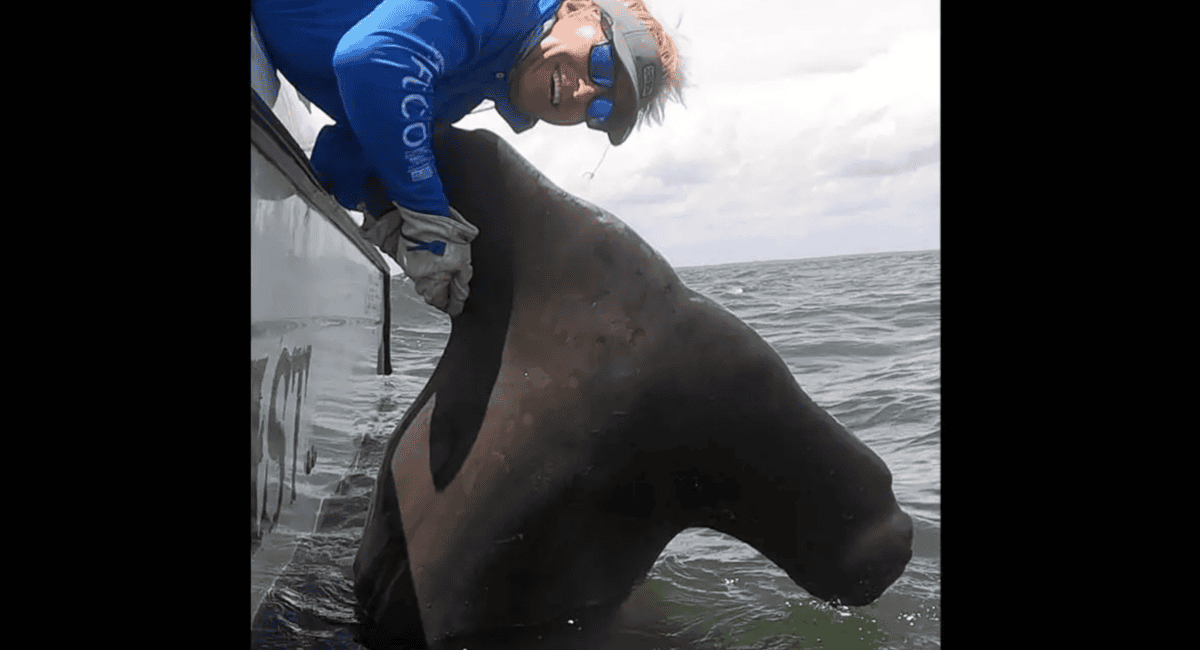
The public perception of sharks has been historically fraught with fear and misunderstanding. However, educational initiatives aim to shift this perspective, highlighting the ecological importance of sharks like hammerheads. Awareness programs emphasize their role in marine ecosystems and the necessity of their conservation, promoting a more informed and balanced view of these majestic animals.
The Role of Technology in Shark Research
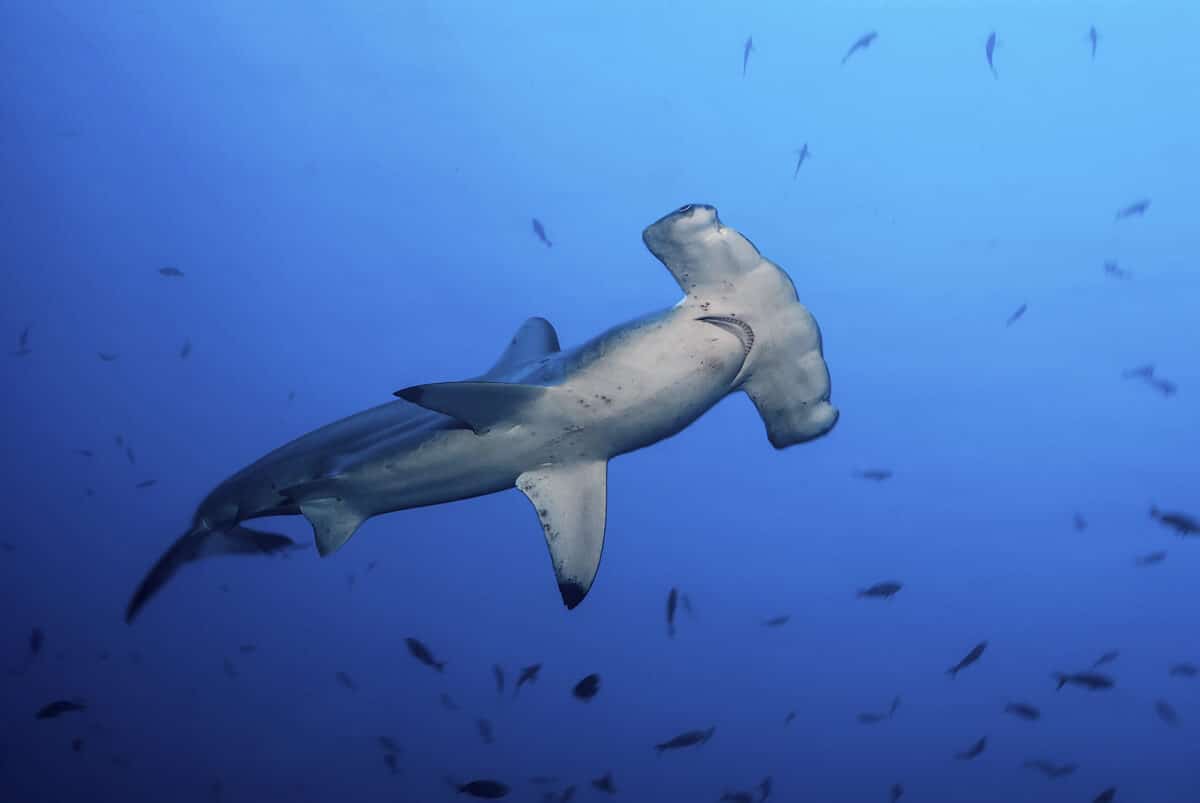
Technology plays a pivotal role in the study and conservation of hammerhead sharks. Innovations such as satellite tagging and drone surveillance provide valuable data on their migratory patterns, behavior, and habitats. These advancements enable researchers to monitor and protect shark populations more effectively, contributing to more informed conservation strategies.
Community Engagement in Shark Conservation

Local communities, particularly those living near coastal areas, are increasingly becoming pivotal in shark conservation efforts. Initiatives like citizen science programs involve local residents in data collection and monitoring, fostering a sense of stewardship and encouraging sustainable interaction with marine environments.
The record-breaking sighting of the hammerhead shark near Texas serves as both an exciting discovery and a poignant reminder of the importance of conserving our ocean’s inhabitants. Through continued research, protection efforts, and public education, we can ensure that these apex predators continue to thrive. As stewards of the Earth’s oceans, it is our responsibility to safeguard their future for generations to come.
- The Record-Breaking Hammerhead Shark Spotted Near Texas - August 11, 2025
- The Largest Anaconda Ever Spotted in the Amazon - August 11, 2025
- 10 Surprising Facts About Hammerhead Sharks - August 11, 2025

